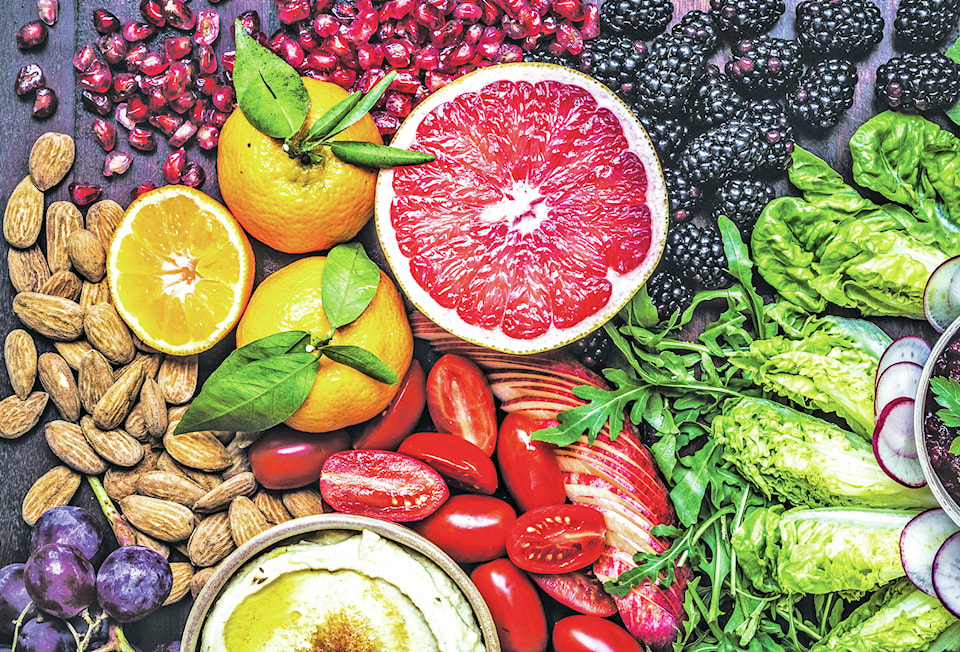Dietary antioxidants may be easier understood when we explain what free radicals are. Free radicals in the body are molecules that have only one electron around the nucleus when it should have two. When it only has one electron, the molecule becomes unstable and will steal an electron from its neighbor trying to create its own stability. This creates a vicious cycle of thievery from one molecule to another creating a chain reaction of cellular damage. The molecule that was stolen from is called a free radical and is oxidized. Something has to stop this chain reaction of molecules stealing electrons from its neighbors, which is where antioxidants come into play. Dietary antioxidants give an extra electron to the nucleus which makes the cell stable again, reducing our risk of disease and improving health.
Antioxidants are natural compounds found in abundance in fresh fruits, vegetables, legumes, essential oils, fresh and dried herbs, and raw nuts that protect the body from cellular damage, premature aging and disease. When damage is done it can impair the immune system, which can lead to infections, cancer, heart disease, or other diseases. Dietary antioxidants are known to reduce the risk of cataracts, stroke and heart attacks; increase the lifespan; create glowing healthy skin; improve eye health; and assists in detoxification. The immune system has one mission, to identify and destroy foreign invaders before harm is done to our body, and by eating freely of fresh, whole foods, we can reduce our risk of disease.
Free radicals are a normal part of the body’s process and are created for example during sickness, in the presence of tobacco smoke, when fighting infections, radiation, normal food digestion, and breathing poor air quality. Melatonin, beta-carotene, vitamins C and E, lutein, and lycopene are powerful antioxidants, and selenium and vitamin A are powerful too to a lesser degree. Though different foods have different antioxidants, the key to remember is to choose a variety of colorful foods. The color of the foods give hints of the type of antioxidant it contains, but consuming a variety of colors will assure you are getting plenty of disease fighting capability.
Fruits high in antioxidants include but not limited to: gogi berries, pomegranates, blueberries, elderberries, cranberries, blackberries, strawberries, plums, oranges, red grapes, kiwi, grapefruit, white grapes, bananas, apples, red bell peppers, and tomatoes. Nuts are the fruit of the tree and are also high in antioxidants such as pecans, walnuts, cashews and Brazil nuts.
Vegetables high in antioxidants include but not limited to: garlic, onion, corn, cilantro, artichokes, kale, spinach, brussels sprouts, alfalfa sprouts, broccoli, beets, sweet potatoes, white potatoes and carrots. The dried beans family is also rich in antioxidants such as black beans, small red beans, garbanzos and kidney beans.
In short, choose a wide variety of colorful foods from the produce, beans and raw nuts section of your local grocery store and you can’t lose. Eat an abundance of plant foods and your electrons will be jumping for joy. Research clearly shows that consuming a diet rich in antioxidants from whole, unprocessed plant foods improves health and reduces the risk of disease.
